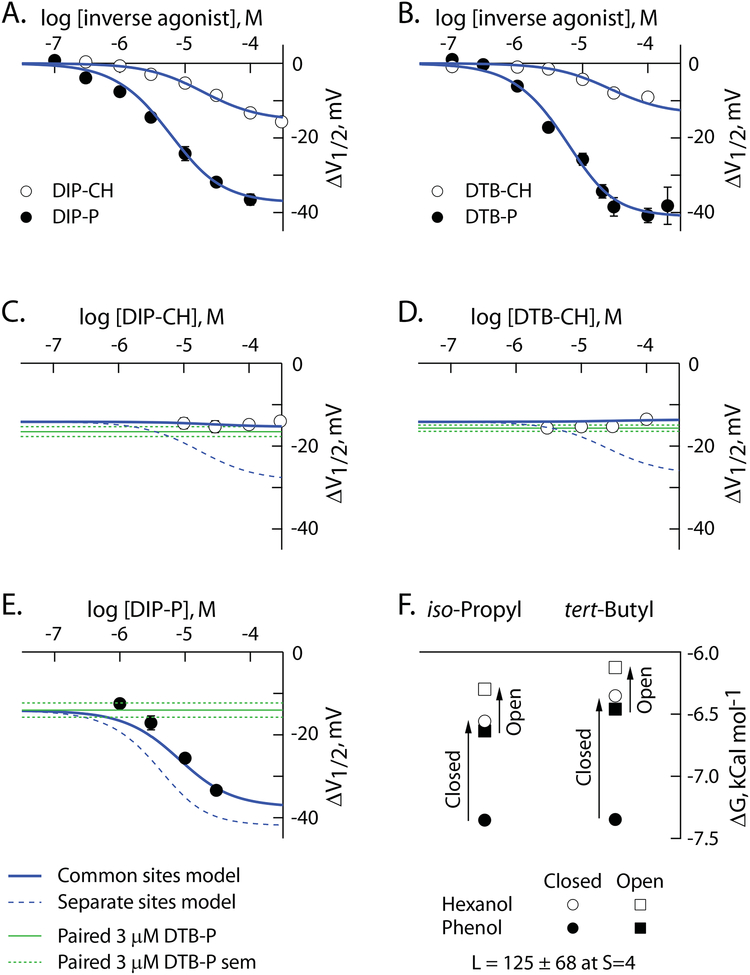Figure 5: Alkylphenols and alkylcyclohexanols associate with HCN1 channels via four common, radially-distributed, sites.
A,B. ΔV1/2 as a function of concentration of iso-propyl (A) and tert-butyl (B) phenols and cyclohexanols. Data are reproduced from Figure 3. Solid blue lines are simultaneous fits of the common site model (S=4) to the data in these two panels and to the data in panels C-E.
C-E. ΔV1/2 as a function of concentration of DIP-CH (C), DTB-CH (D) or DIP-P (E), in the presence of 3 μM DTB-P. The solid blue lines are as defined in panels A and B. The dashed blue lines are the predicted behavior of the distinct site model at S=4 using the association constants determined from the fit of the common site model. The green lines report the mean value of ΔV1/2 (solid) and SEM (dashed) elicited by 3 μM DTB-P in paired controls for each additivity condition. The number of independent determinations in C, D and E were 27, 80 and 33, respectively.
E. Association constants determined from the fits of the common site model with S=4 (as per A-E and reported in Table 4) transformed to free energy terms according to equation 6. The reported value of the opening equilibrium constant (L) is from this same fit.

